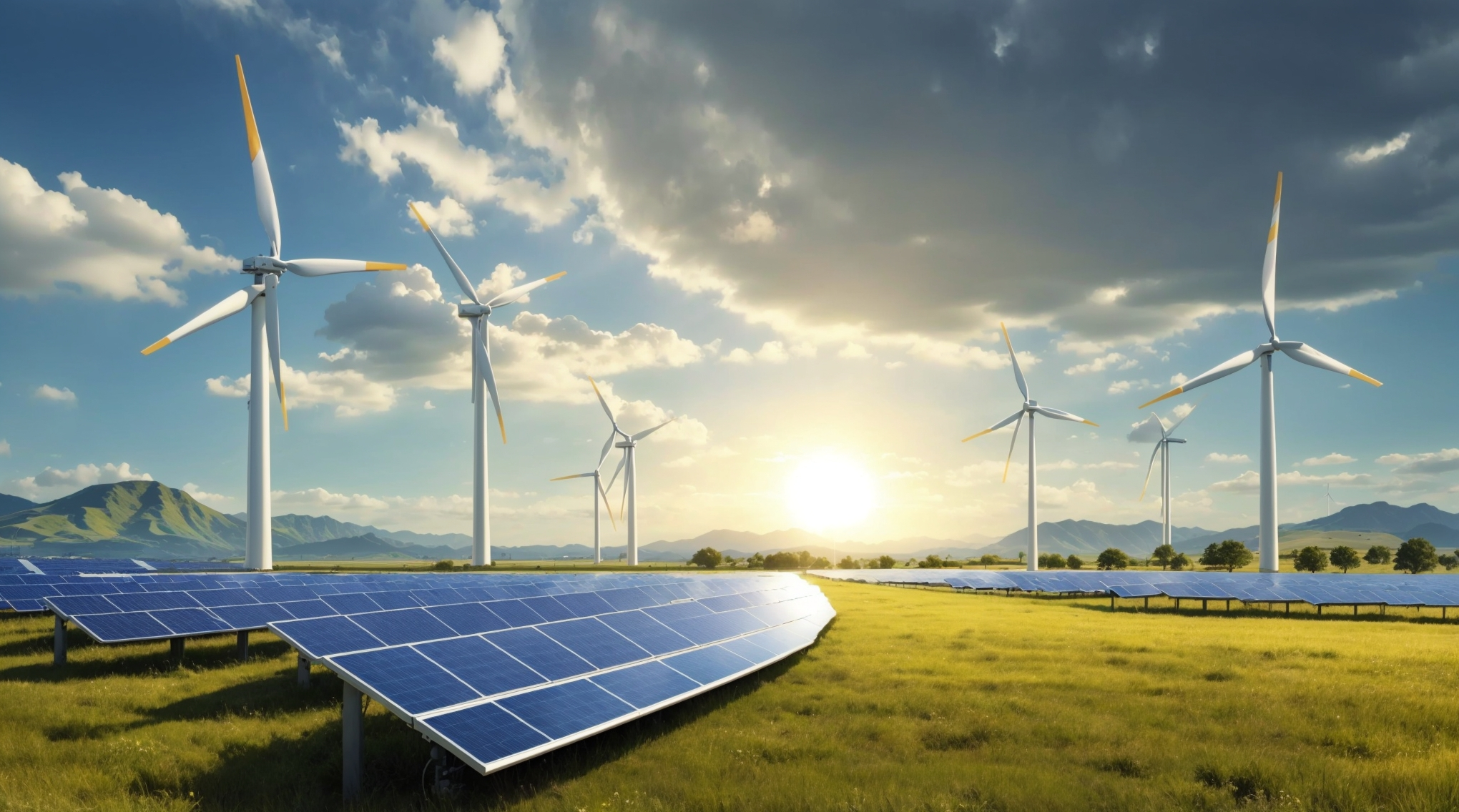
United Nations, June 4 (RHC)-- A global goal to triple the production of electricity from clean sources such as solar and wind power by 2030 is “ambitious but achievable,” says the world’s leading independent energy analyst.
Nearly 200 countries, including the world’s biggest polluters, pledged themselves to that goal in Dubai last December under the auspices of the United Nations Intergovernmental Panel on Climate Change.
That and an accompanying pledge to double energy efficiency in the next six years are designed to keep the world’s average temperature no higher than 1.5 degrees Celsius (2.7 degrees Fahrenheit) warmer than pre-industrial times.
UN Climate Change Executive Secretary Simon Stiell hailed the agreement as “the beginning of the end” of the fossil fuel era. In a new report out on Tuesday, the International Energy Agency (IEA) says while official commitments cover only 12 percent of the goal at the moment, their domestic ambitions go further, covering 70 percent of the goal and putting them within reach of it.
Half the newly installed renewable energy capacity would come in the form of solar panels, another quarter as wind turbines, and the rest from sources like geothermal and hydroelectric power, according to the IEA.
“If all ambitions were to be achieved, global installed renewable capacity would be 2.2 times the 2022 level by 2030,” said the report. Solar and wind power have been driving a surge in renewable energy in recent years – a trend sharpened by Russia’s war in Ukraine and the heightened cost of oil and gas in 2022.
Geopolitical risk and market fluctuation have convinced many countries to boost their energy autonomy. In March, for example, the United Kingdom’s Labour Party pledged to float 5 gigawatts of capacity in offshore wind farms if it wins the coming election.
Ember, a global energy think tank, last month found that renewables expanded by an average of 3.5 percent a year during the past decade, compared with an annual 1.5 percent in the previous decade as prices for photovoltaic panels and wind turbines climbed down and their productivity soared.
It estimated that national plans put the world on track for a doubling of renewable energy by 2030.
“The renewables revolution will transform the world in the next five years,” Katye Altieri, an analyst at Ember, told Al Jazeera. “China is on track to smash its existing targets, putting it on track for a 2.5-fold increase by 2030. Brazil and Chile have major plans to step up solar and wind capacity, with Chile planning to increase renewables by a factor of 2.5. Germany plans to increase renewables by 2.4 times and joins Spain in the top three leaders worldwide for plans to expand wind power.”
Not everyone believes domestically-announced ambitions, which account for most of the IEA’s forecast, will become international commitments. “Countries are beginning to revise their ambitions downwards, seeing these goals are practically difficult to achieve,” Michalis Mathioulakis, academic director of the think tank Greek Energy Forum, told Al Jazeera.
“Capacity isn’t just more wind turbines and solar panels. It also means upgraded grids and storage, and these require huge amounts of money,” Mathioulakis said. “The EU says we need 600 billion euros [$652bn] investment in grids alone by 2030 to absorb and distribute the new power coming online from renewables. So I do not believe this estimate of the IEA will come to pass.”
EU renewables industry representatives are also sceptical about the role Europe will play in tripling global electricity capacity. The European Union wants 45 percent of all energy consumption – not only electricity – to come from renewables by 2030. It stood at half that in 2022.
“Meeting the new target will demand more than doubling the rates of renewables deployment seen over the past decade, and requires a deep transformation of the European energy system,” said Christoph Zipf, spokesman for Wind Europe, the wind energy industry’s representative in Brussels.
“For wind energy, this target translates to doubling today’s installed capacity – from 220GW today to 425GW by 2030,” Zipf told Al Jazeera.
“But currently the EU countries are only installing half of the annual new wind capacity they need to reach this target. Our current modelling shows that if governments stick to their wind energy pledges and invest massively in the supporting infrastructure the [doubling] target is within reach … Europe will not triple up wind energy by 2030.”
The Green Tank, an Athens-based think tank, believed the IEA’s forecast was achievable but incongruous with existing plans to keep 846 gas-fired electricity plants operating in Europe indefinitely. Only seven are slated for closure, and 71 new ones are planned.
“The plans to ramp up fossil gas capacity in several EU member states, including Greece, makes no sense,” Green Tank director Nikos Mantzaris told Al Jazeera. “All available funds, private or public, should be directed to support faster penetration of renewables through investments in grids, energy storage and demand-side response technologies.”

